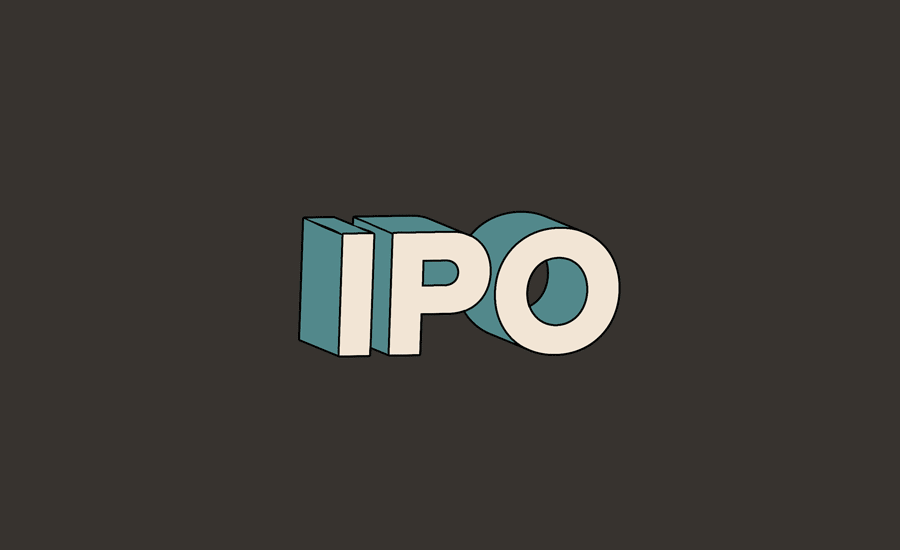Consumer survey company Qualtrics on Friday afternoon filed paperwork with the U.S. Securities and Exchange Commission signaling its intent to go public.
Qualtrics will list as an emerging growth company. It has not yet disclosed how many shares it intends to offer or at what price, so we don’t know how the company values itself or how much it stands to raise from the offering. (A $200 million placeholder figure was provided.)
Follow Crunchbase News on Twitter
Humble Beginnings
Founded in 2002 by Ryan Smith and his father, Qualtrics had modest and emotional beginnings. A 2013 profile of the company in TechCrunch framed the origin story thusly:
In the summer of 2001 while doing an internship at Hewlett-Packard, Ryan’s dad Scott called him and said he had throat cancer and would begin treatment immediately so Ryan returned home and took a semester off school. While at home he found that his dad, who Ryan describes as a “super early adaptor,” had built the technology that was the beginning of Qualtrics. Each day after Scott returned from chemotherapy they would work on the product. By the time Scott had returned to full strength, Ryan had signed up 20 customers and they had hired a small team to build out the product.
Originally headquartered in Provo, UT, the fledgling research company began by selling its survey and analysis software to universities. According to the TechCrunch profile, the first customer was a professor at Northwestern University’s Kellogg School of Management.
Over time, a slew of organizations like FedEx, Hewlett-Packard, JetBlue, Microsoft, PepsiCo, and Zappos, among thousands of others, became customers.
Funding History
Qualtrics raised a total of $400 million as a private company over three rounds.
Its latest external capital came in the form of a Series C in April 2017 that raised $180 million from Insight Venture Partners, Accel and Sequoia Capital. That C round, covered by Crunchbase News at the time, valued the company at at least $2.48 billion, post-money, according to Crunchbase data.
Again, because Qualtrics has not yet named a price range or declared how many shares it intends to sell, we can’t currently derive the company’s valuation at IPO. However, as we’ll see from its financial performance shortly, it’s not in any trouble.
Qualtrics also raised $150 million in a Series B round that was led by the same trio as above—Insight Venture Partners, Accel and Sequoia Capital. Its first fundraise was a rather large Series A round that brought in $70 million from Accel and Sequoia Capital.
Financials
To better understand how Qualtrics has performed as a private company, and how well its debut as a public shop may be received, let’s examine its financial notes that it shared in its S-1 filing.
Qualtrics’ revenue in the first half of 2017 totaled $131.4 million. The company grew that sum by 39 percent in the first half of 2018, pulling in $184.2 million in revenue. Moving into the roughest of profitability metrics, Qualtrics expanded its gross profit by 41 percent during the same period, from $95.5 million to $135.1 million.
The firm’s cost base grew over the same period, unsurprisingly, with every category of operating expense growing from the first half of 2017 to the first half of 2018. However, the firm’s resulting net loss fell slightly, from $3.7 million in the first half of 2017 to just $3.4 million in the first half of 2018. At Qualtrics’ revenue scale, and pace of growth, those net losses are effectively immaterial.
Even more notable is a full-year 2017 GAAP profit that the firm reported. In the calendar period, Qualtrics managed a slim $2.6 million in net income against its revenue of $289.9 million. That the company added nearly $100 million in new top line compared to 2016 while swinging from a net loss of $12.0 million to that small profit is impressive.
Qualtrics, unlike most companies going public this year, isn’t a trash fire of losses incurred under the name of growth. It shows that you can grow, and not lose every one of the dollars you have at the same time.
Even more, the firm generates lots of cash. Indeed, it had free cash flow of $21.0 million in the first half of 2017, which grew to free cash flow of $31.7 million in the first six months of 2018. Given that Qualtrics generates the bulk of its revenue from recurring software subscriptions, that level of free cash flow is very good.
On the recurring point, Qualtrics was 74.2 percent recurring revenue, calculated as a portion of its aggregate top line in the quarter ending June 30, 2018.
State Of The IPO Market In General
Qualtrics is not the only customer survey company to make a foray onto public markets this year. Surveymonkey raised $180 million in its September 2018 IPO, and company shares currently trade above the $12 pricetag originally assigned in the public offering.
Another customer experience company with lots of Sequoia backing is Medallia, which last raised in July 2015. That round netted the San Mateo-based customer experience monitoring company $150 million in Series D funding at a valuation of $1.25 billion, post-money, according to Crunchbase data.
The space is warm, therefore, and as public investors are already ravenous for more tech offerings, the combination should get Qualtrics out the door sooner rather than later. More when it prices.
Illustration: Li-Anne Dias

Stay up to date with recent funding rounds, acquisitions, and more with the Crunchbase Daily.




![Illustration of a guy watering plants with a blocked hose - Global [Dom Guzman]](https://news.crunchbase.com/wp-content/uploads/quarterly-global-3-300x168.jpg)
67.1K Followers